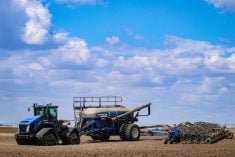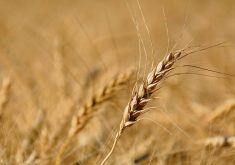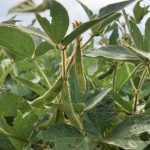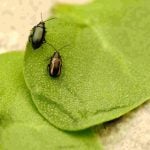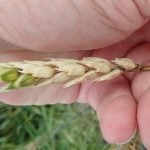Manitoba farmers this year can get their annual seed variety guidebook not only in print but in a new searchable online format.
Seed Manitoba 2008, which was mailed last week as an insert to the Dec. 13 issue of the Manitoba Co-operator, is online at www.seedmb.ca, in the same digital format in which readers may now view the Co-operator.
Farm Business Communications, the Co-operator’s publisher, hosts the Seed Manitoba web site.
Read Also
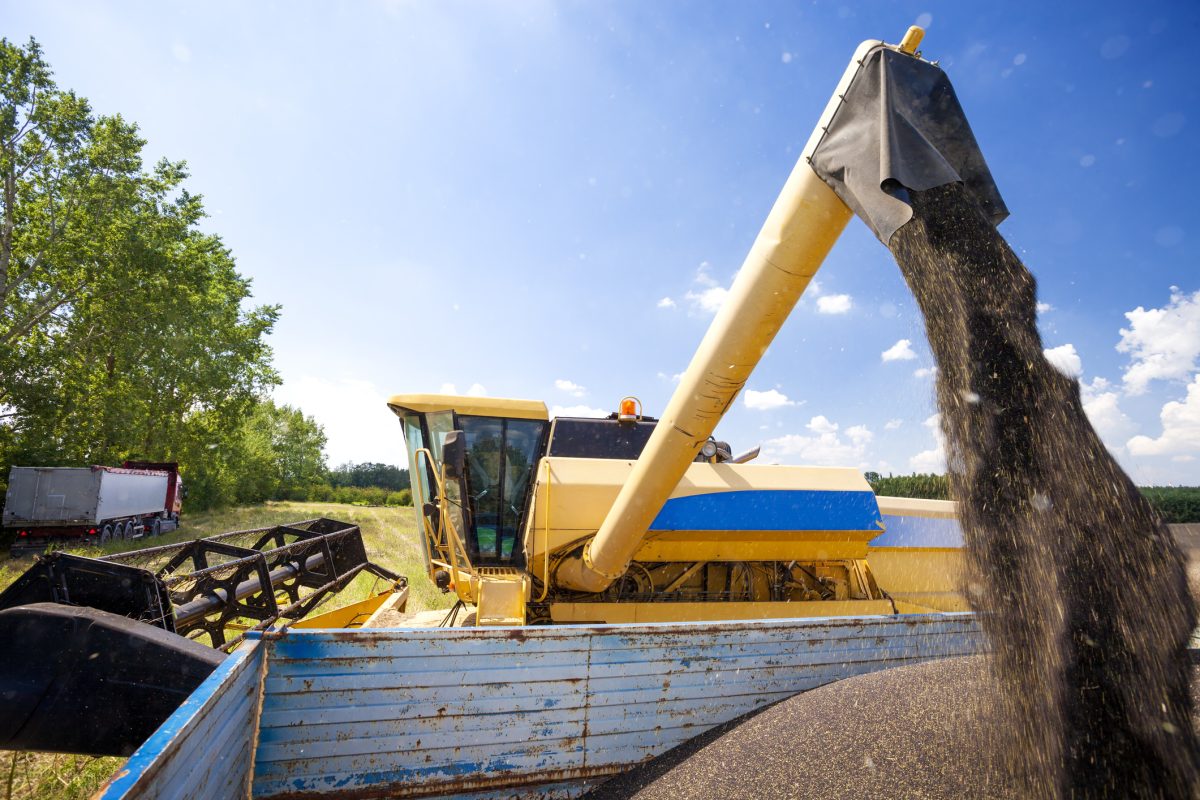
Alberta Crop Report: Harvest more than three-quarters finished
Alberta’s provincial harvest as of Sept. 23, 2025 was 78 per cent complete, said the province’s weekly crop report.
Late data, such as seed quality information on sunflowers, soybean and edible beans, will be added to the site. “We’re finally going to have all the
information in one location,” said Bruce Brolley of Manitoba Agriculture, Food
and Rural Initiatives (MAFRI), which co-ordinates the data published in Seed Manitoba, in an interview in last week’s Co-operator.
Seed quality information for soybeans is expected to be available Thursday, while quality information on sunflowers and trial results on edible bean varieties will be posted in the first two weeks of January.
The seed guide, using data developed by the Manitoba Crop Variety Evaluation Team (MCVET), is touted as Manitoba farmers’ source of unbiased, accurate data on yields, disease resistance, lodging, maturity and protein content. Information on industrial hemp is new this year, and sunflower variety data is back after a few years’ absence.
Seed Manitoba has other
information to help the reader sort through the data. At the bottom of the 2007
Yield table there’s a grey “Check yield” box with the yield of
the Check in either bushels per
acre or pounds per acre for each
site. Below the yield is the CV
(coefficient of variation percentage), LSD (least significant
difference percentage) and
the Sign Diff (significance
difference) for each site.
CV is a measurement describing the amount of variation
caused by factors that are not
uniform over the entire trial that could mask the true differences. Sites with a low CV percentage are more likely to indicate true differences between
varieties. MCVET has an upper
limit of 15 per cent for most
data above that.
LSD percentage represents the percentage
that varieties must differ before
their yield potentials are truly
different. If Sign Diff is marked
as Yes, then the site has varieties
that are truly different. If Sign
Diff is marked as No, then the
LSD percentage will be blank
as all varieties at that location
basically yielded the same.



